The Nikkor Z 24mm f/1.8 S is another member of Nikon’s initial set of conventional prime lenses for Z-mount. As its siblings, it features a pretty fast maximum aperture of f/1.8.
Typical applications for a 24mm lens include landscape, architecture or street photography. While professional users may have a lust for f/1.4 or even faster lenses, most mortals and enthusiasts can happily do with a slightly more moderate speed – which usually also means a fairly moderate price tag.
Unfortunately, that’s not the case here. At 900 EUR/1000 USD at the time of the review, it is fairly expensive for a lens in its class. So let’s see whether it has enough merits to justify its price tag.

The lens shares its minimalistic design characteristic with the other Z-mount f/1.8 prime lenses. The weather-sealed lens body consists of a mixture of tightly assembled polycarbonate and metals parts.
As on many other Z lenses, the number of controls on the lens is reduced to a minimum: there is an AF/M switch, the focus ring… and that’s about it.
The focus ring works by wire, so it drives the focus motor. This allows to adjust the focus throw depending on the speed the focus ring is turned with, giving fast changes with fast movements and very precise fine-tuning with slow movements.
If you aren’t into manual focusing, you can alternatively reconfigure the ring to control the aperture, or even slightly less common controls, like ISO or exposure compensation.
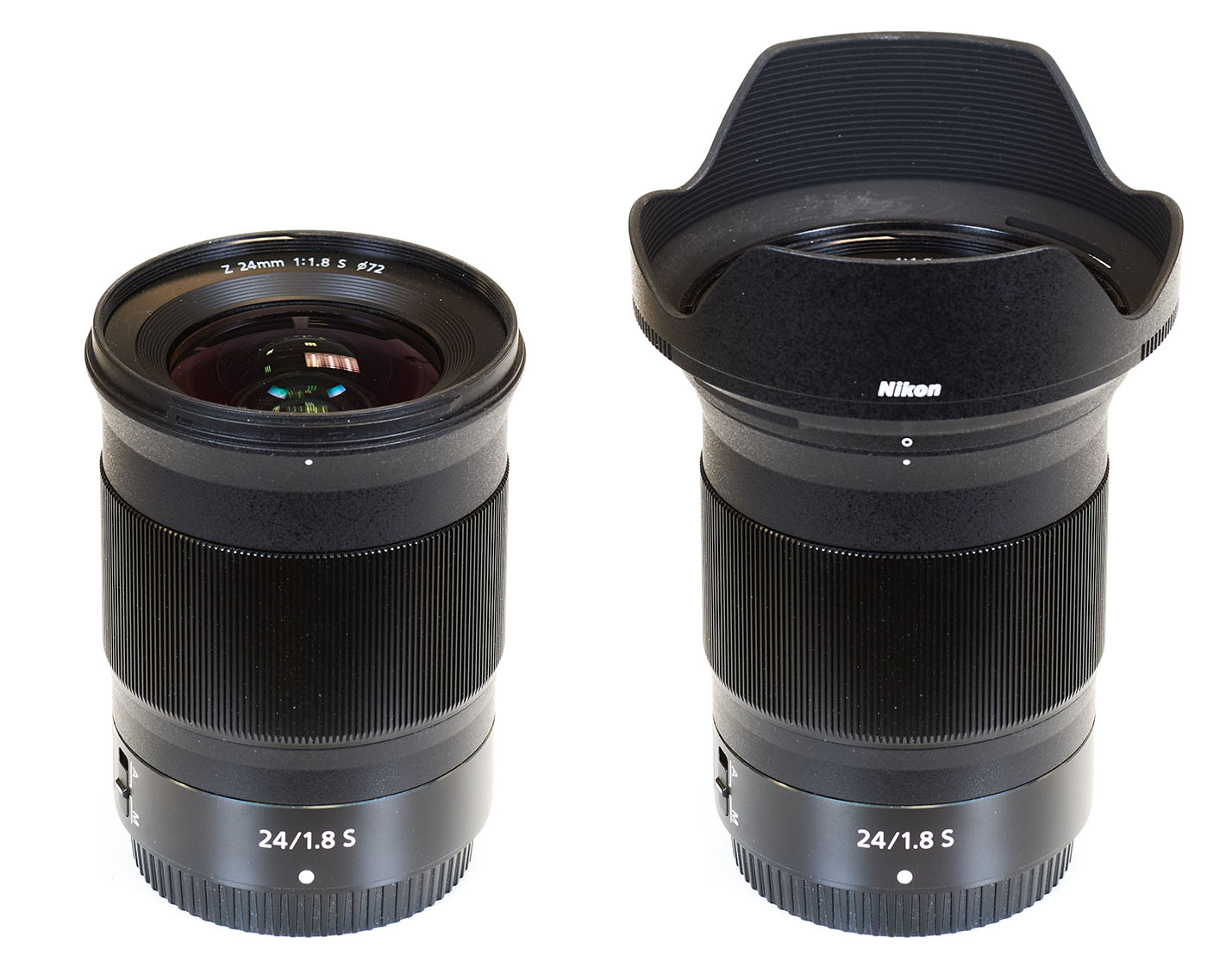
The front element does not rotate due to an IF (inner focus) design. The lens features a stepping motor that allows the lens to adjust focus fast and silently. It’s not a completely noiseless drive, though, so if you’re into video, you’ll likely want to use an external microphone (well, if you’re seriously into video, you’ll probably use one in any case).
| Specifications | |
|---|---|
| Optical construction | 12 elements in 10 groups (inc. 1x ED and 4x aspherical elements, and elements with Nano Crystal Coat) |
| Number of aperture blades | 9 (rounded) |
| min. focus distance | 0.25m (max. magnification ratio 0.15x) |
| Dimensions | 78 x 96.5 mm |
| Weight | 450 g |
| Filter size | 72 mm (non-rotating) |
| Hood | petal-shaped (bayonet mount, supplied) |
| Other features | Stepping motor (STM), electronic aperture, customizable control ring, dust and moisture sealings |
Distortion
The Nikkor Z 24mm f/1.8 S produces a medium amount of barrel distortion of close to 2%. This is a bit on the high side, but we have also seen a lot worse in this segment. Image auto-correction can reduce the issue to a negligible degree though.


Vignetting
The lens suffers from a fairly high amount of vignetting at large apertures. At f/1.8, it reaches almost 3EV (f-stops) which is very noticeable. It’s not much better at f/2.2 and acceptable figures aren’t reached before f/4 really.
Activating software correction is, therefore, a good idea with this lens. At the default “normal” correction setting, the light falloff remains visible at f/1.8 but reaches very acceptable levels from f/2.8 onward.
To get even better results, you can set the in-camera correction to a more aggressive setting or, preferably, use a compatible RAW converter. This converter can use the lens correction profile that is always included in the NEF files. Using those profiles, the vignetting can be brought down to zero at large aperture settings.

MTF (resolution)
The Nikkor Z 24mm f/1.8 S is a bit of a mixed bag regarding its resolution characteristic. At f/1.8 the broader center quality is perfectly fine but the outer image field is comparatively soft, especially in the corners.
Stopping down to f/2.2 doesn’t improve the situation substantially. A more significant boost sets in at f/2.8. The center quality reaches excellent levels here and the borders are pretty good. The corners remain unimpressive, however. This changes from f/4 onward where the corners are lifted to very good quality (just).
The peak performance is reached around f/5.6. Diffraction is a limiting factor beyond. f/8 is perfectly fine, but there’s already a drop at f/11 (on high megapixel sensors at least) and f/16 should be avoided.
Please note that the MTF results are not directly comparable across the different systems!
Below is a simplified summary of the formal findings. The chart shows line widths per picture height (LW/PH) which can be taken as a measure for sharpness. If you want to know more about the MTF50 figures you may check out the corresponding Imatest Explanations
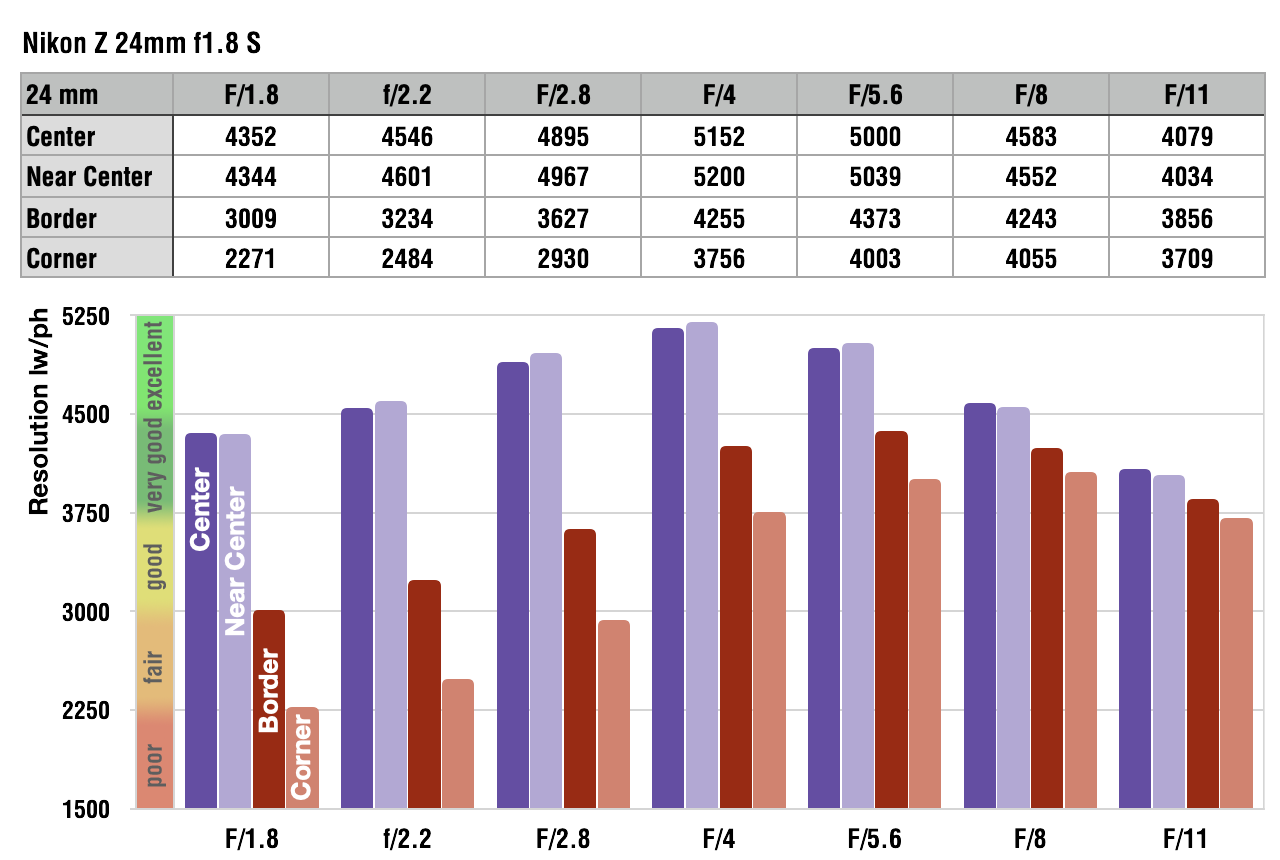
Chromatic Aberrations (CAs)
Chromatic aberrations (color shadows at harsh contrast transitions) are well controlled, with values of around 0.5 pixels on average at the image borders wide open, slowly increasing to almost 0.8 pixels stopped down to f/11.

Bokeh
It’s usually not the primary way to use a wide angle lens, however the Nikkor has a comparatively short minimal focus distance combined with a fairly large maximum aperture, so it allows to separate a (close) main subject from the background. In such a shot, the quality of image blur in out-of-focus areas is important.
Typically, wide angle lenses with aspherical elements struggle in this regard. The Nikkor however delivers very pleasing results. General image blur both in front of as well as behind the focal plane is surprisingly smooth.
Background highlights are evenly filled and show almost no outlining wide open, a little more so when stopped down, however. In addition, there are traces of bokeh fringing around highlights (see the next section).

The shape of the highlights deteriorates a bit towards the image borders due to mechanical vignetting at large apertures. However, stopping down solves that issue.
Thanks to the 9 rounded aperture blades, the highlights remain almost circular even at smaller apertures. Eagle-eyed readers may spot traces of the aperture blades in the highlights at medium aperture settings.
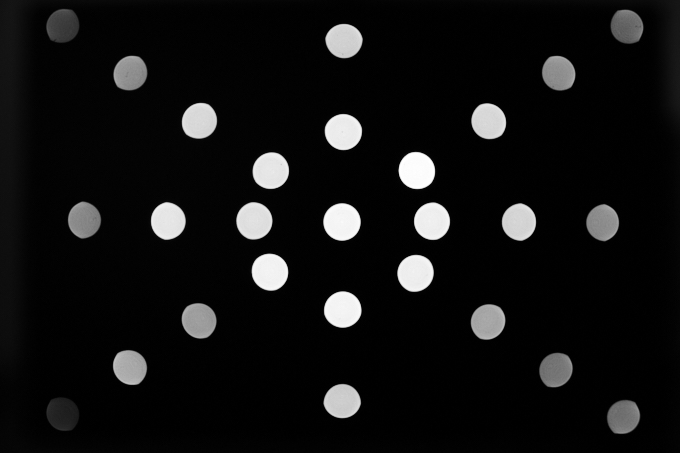

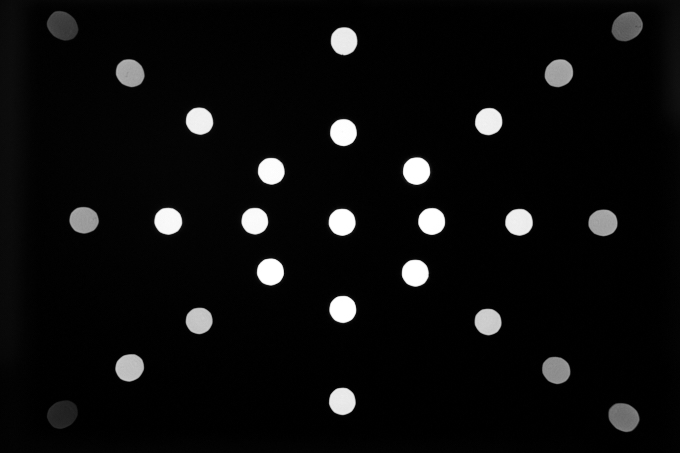
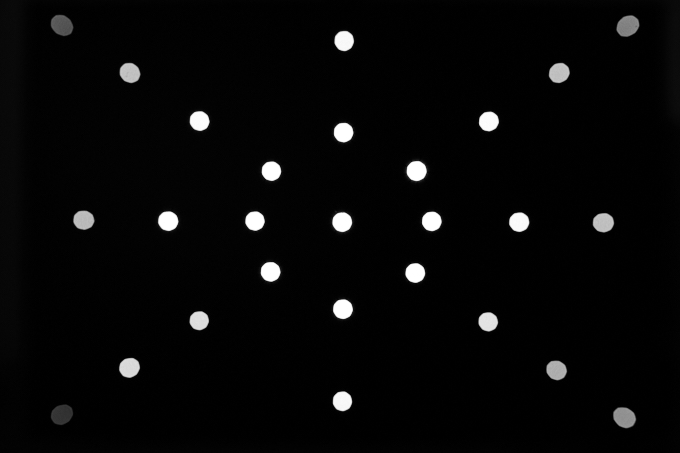
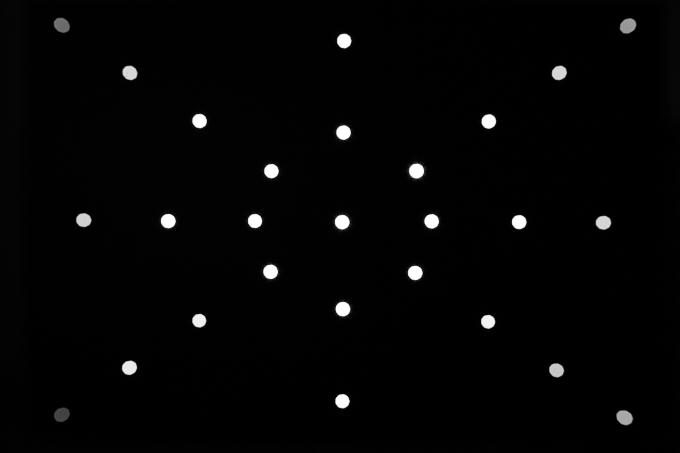
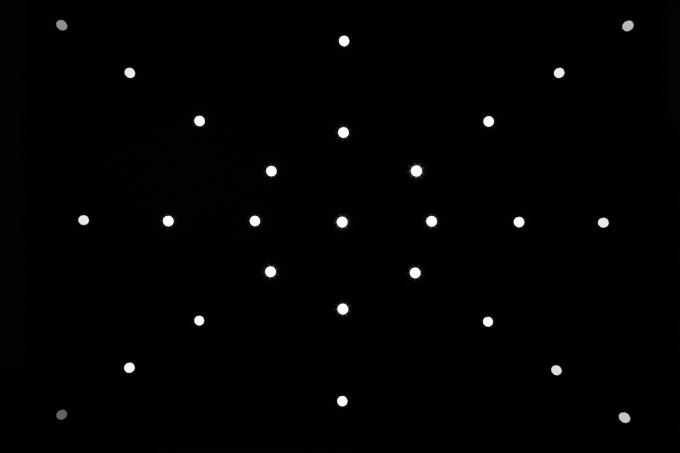
The general rendition in the focus transition zones is quite smooth in the background (to the left below) and a bit more nervous in the foreground (to the right below).

Bokeh Fringing / LoCA
Bokeh fringing (non-coinciding focal planes of the various colors, also referred to as longitudinal chromatic aberration, or LoCA for short) is an axial color fringing effect and a common issue with relatively fast glass. It’s visible as halos of different colors – magenta (red + blue) in front of the focus point and green beyond. Unlike lateral CAs, bokeh fringing can not easily be fixed in post processing.
Typical for most fast primes the Nikkor shows some bokeh fringing at large aperture settings. The fringing can be reduced by stopping down and it’s mostly gone from f/4 onward.
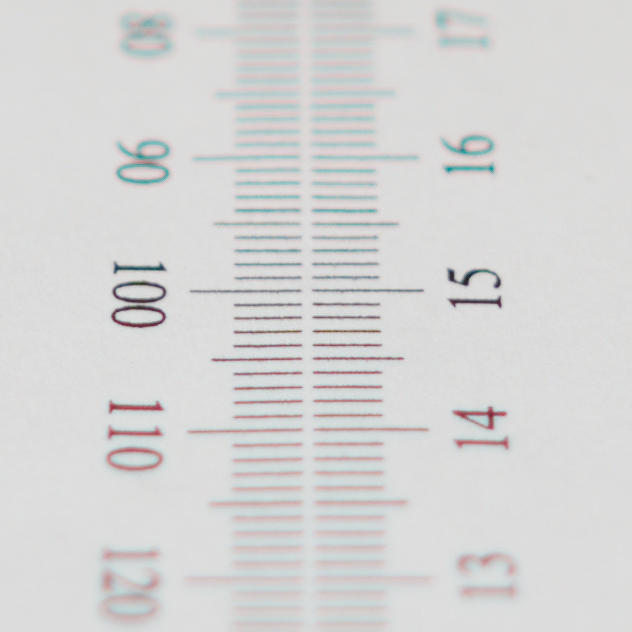
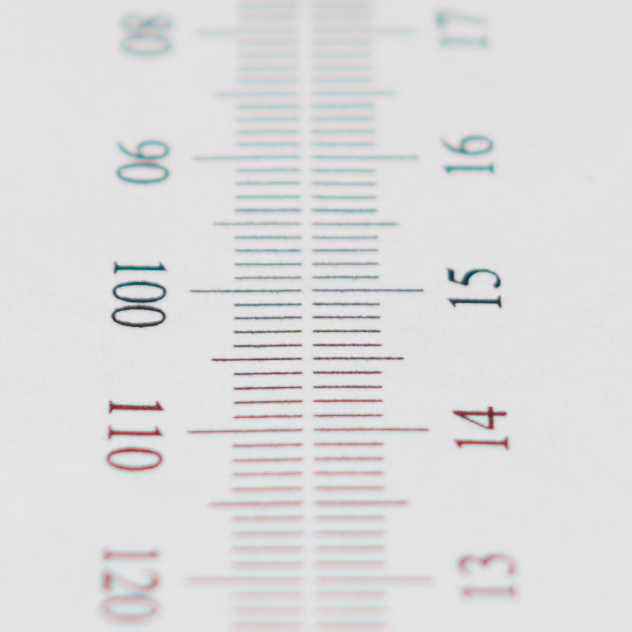
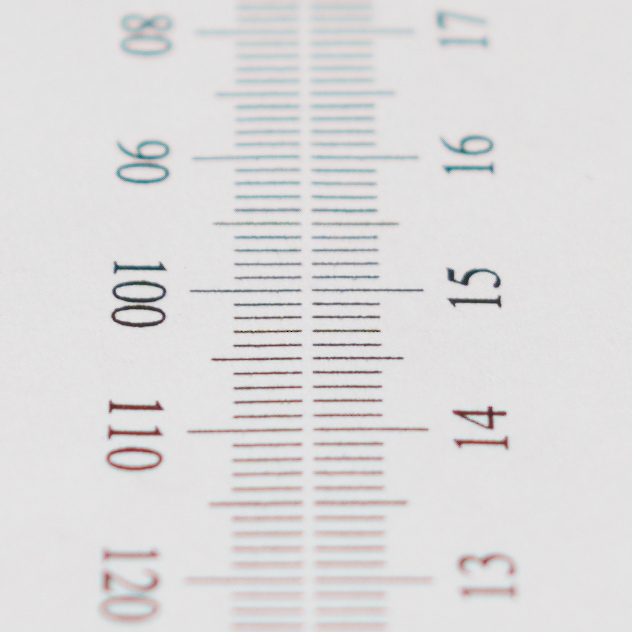

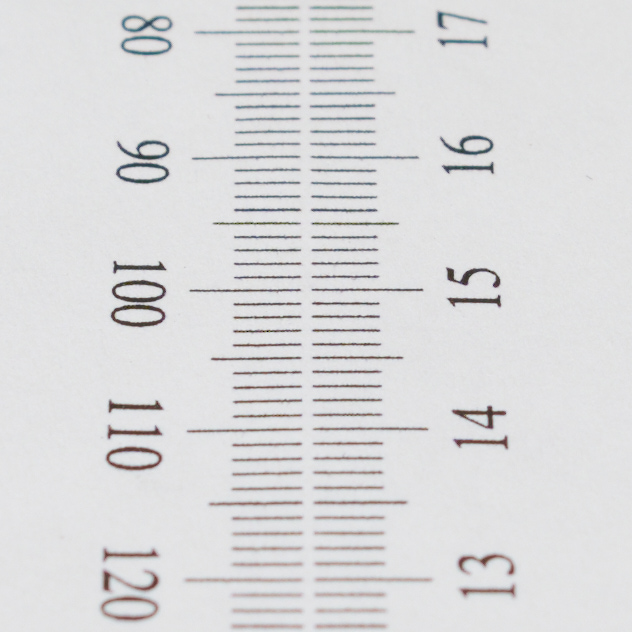
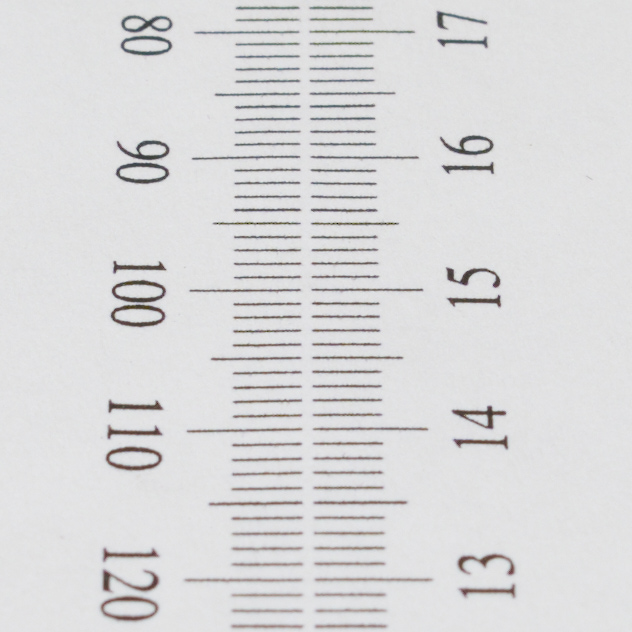
Sample Shots
The following sample shots were RAW-converted in CaptureOne with lens corrections disabled.
The Nikkor Z 24mm f/1.8 S is a mixed bag. It's certainly not a bad lens and has its strengths, but also a few downsides. Of all the current Nikkor Z f/1.8 primes, this is the weakest.
The image center is quite sharp straight from the maximum aperture. But the borders and corners are fairly soft at large apertures. If you want very good sharpness across the whole frame, you need to stop the lens down to the range of f/4 to f/8.
Vignetting is quite high at large apertures, but software correction can take care of that. CA's are well controlled and image distortion is moderate.
The bokeh quality of the lens is on a surprisingly high level for such a wide angle lens.
The build quality is on the same high level as the other f/1.8 Nikkor Z primes.
Given its mixed performance, the current retail price of around 900 EUR/1000 USD feels like a bit too much for what the lens offers. However, if you have a particular use-case which requires this focal length, combined with the large aperture, there is currently only this lens... or 3rd-party options, which are more affordable, but may come with even more weaknesses than the Nikkor.
-
Optical Quality
-
Build Quality
-
Price/Performance

